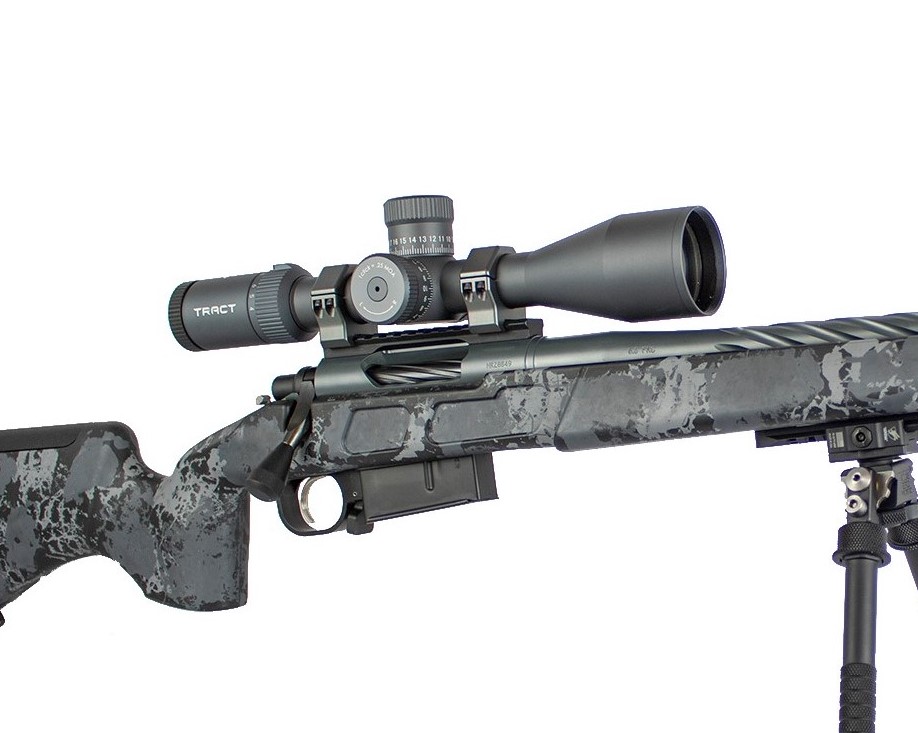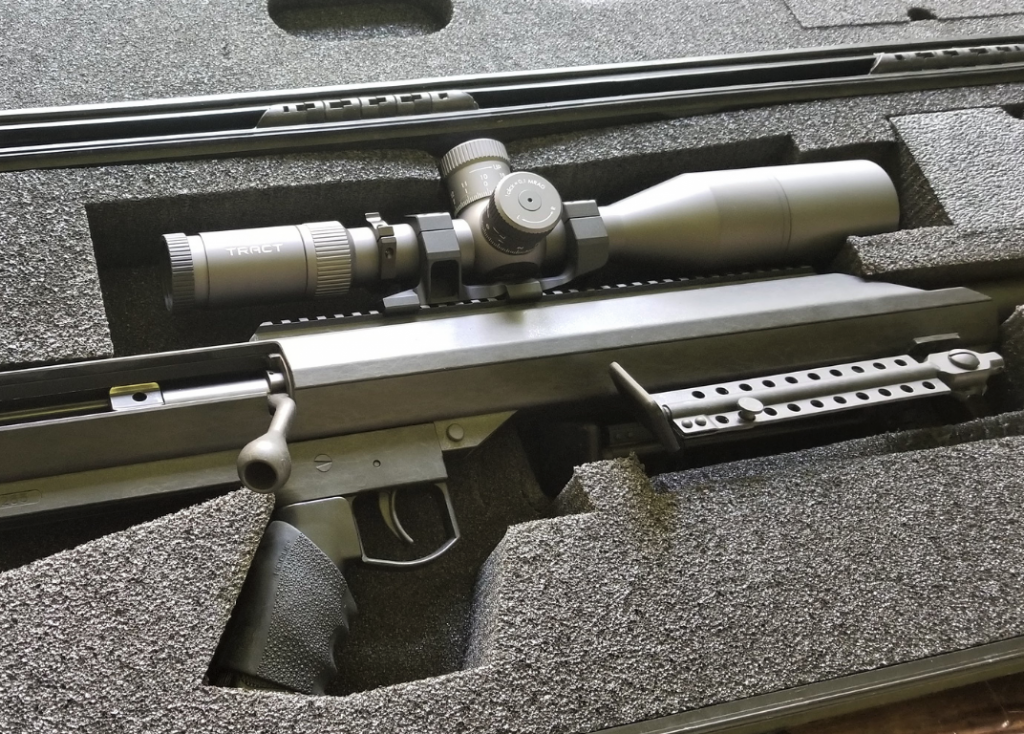Building a custom rifle is the “next step” for shooters looking for real results.
Building a custom rifle might not create the best entry-level firearm, but shooters wanting the next level of accuracy and consistency should consider upgrading from mass-produced makes and models. While factory-made rifle technology has improved significantly over the years, a custom rifle fits like a bespoke suit and runs like a finely tuned sports car. Keep reading for some steps on making the process easier.
Define the Intended Use
Most shooters wanting to undertake a custom rifle build will already have identified their shooting applications, but some may have unrealistic expectations. Hunting rifles can certainly be used in a certified long-distance competition, but a properly set up competition rifle will look and feel very different from its shoulder-toting counterpart. Conversely, very few hunters will find extreme long range rifles handy in the woods.

Horizon Firearms individually designs and builds to not only be long-range accurate but to be a one-of-a-kind, custom rifle.
Custom rifles are normally built to specialize in one expertise or another. Mountain rifles are normally lightweight and sleek. Bench-shooters are typically heavy and rigid with a long barrel. Tactical competition rifles might fall in between with short, heavy barrels on a lightweight chassis. While they may all be interchangeably used, each variety best fits its intended environment.
Identify a Cartridge
If you ask a shooting enthusiast to identify the ideal cartridge, you might as well pack a folding chair and a sack lunch and prepare to listen for a while. Opinions on the best cartridge are as vast and ever changing as the midnight sky. One thing however is certain. Once you know how you want your custom rifle to specialize, the cartridge discussion gets a lot easier.
Going back to the purpose of the rifle, the ammunition should also fit that purpose. Shooters targeting steel plates thousands of yards away will likely need a high ballistic coefficient bullet in a hand-loaded package. Hunters might want a more readily available factory load that won’t need to shoot as far but will be easier to find in a store. Tactical competition shooters might steer towards a lighter round that’s flat shooting with good ballistics.
Pick a Barrel and Action
The barrel and action are the “business portion” of a rifle. For the most part, heavier bull barrels will be more accurate than shorter, hunting barrels. Their added thickness provides a more rigid platform that reduces vibration in the barrel when shots are fired. They are also more resistant to overheating, another factor that can greatly impact rifle performance. Longer barrels are also regarded as being more accurate, though many argue that a barrel only needs to be long enough to fully burn the round’s powder charge. Heavy barrels and long barrels are ideal for long range accuracy and maintaining accuracy throughout a shooting session.
Bobby Hart of Hart Custom Rifles discusses barrel options and the effects of barrel weight, contour, fluting and coatings.
Where both types of barrels perform well on the range, their downside is that they are in fact heavier and longer and less handy while packing on 10-milers through the mountains or hunting out of a treestand. As a result, most hunting rifles strive for weight reduction without sacrificing performance for a single shot. Weight can be reduced through fluting of both the bolt and barrel, and upgraded materials, such as carbon fiber, can also be utilized to shave off some ounces.
Select a Stock
Rifle stocks come in all shapes and sizes. Traditionally wood has been the primary material used in stock construction and still maintains the classic beauty revered by contemporary shooters and collectors. In modern times synthetic materials, such as carbon fiber or advanced plastics are more common, especially for rifles that may experience some form of abuse. Shooters wanting a more tactical look and feel may prefer to use a chassis system similar to most AR-15 style rifles. Chassis systems are extremely accurate and modular.

The .416 Barrett Custom Matchgrade Build by Bayou Advanced Weapon Systems
Like golf clubs, rifle stocks may all look similar, but they all fit very differently. For shooters looking for the true custom rifle experience, properly fitting a rifle stock is imperative and will likely have the greatest impact on how custom a rifle feels on the shoulder.
Mount a Scope
The final step is selecting and mounting a scope. And it’s one that is as important as the sum of the previous. There’s no point in building a custom rifle and mounting a low-quality scope. Especially in scenarios that require a lot of zoom. Scopes with a larger objective diameter will be brighter and sharper. However, they can weigh more than twice as much as a 1-inch scope.
[caption id="attachment_1338" align="alignnone" width="728"] Top Rated TORIC UHD Hunting Scopes[/caption]
Top Rated TORIC UHD Hunting Scopes[/caption]
Hunters that frequent close cover should utilize lower-powered, 1-inch scopes with smaller objective diameters. Extreme Long Range competition shooters would benefit more from a higher-zoom scope with a 30mm or 34mm scope tube and large objective diameter. Larger tubes and larger objectives allow more light into the scope and stay sharper when zoomed out to longer distances.
There’s nothing like building a custom rifle. The ability to choose everything from the muzzle to the butt pad makes pulling the trigger all the more satisfying. And all that much more rewarding!
